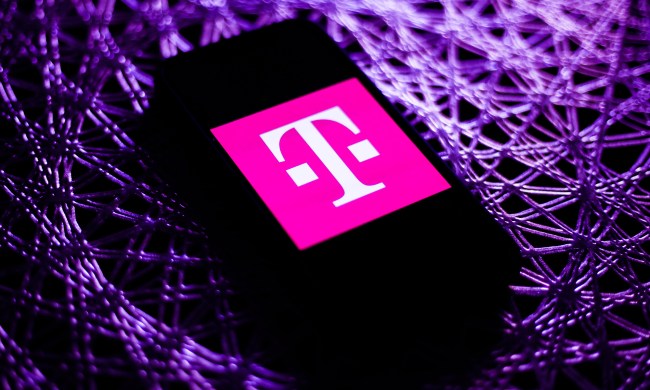General Motors is partnering with AT&T to launch 5G connected vehicles over the next decade. The updates aim to provide better connectivity, helping users navigate routes more accurately, download updates faster, and access seamless entertainment through uninterrupted streaming.
Chevrolet, Buick, Cadillac, and GMC vehicles coming out in 2024 will be equipped with 5G connectivity supported by AT&T’s infrastructure. Users in the United States owning 4G LTE-capable model year 2019 and newer vehicles can migrate to the new network once it’s available in the market. The current 4G LTE-equipped model year 2019 and newer vehicles will also have improved connectivity and smoother performance until the 2024 updates are fully rolled out.
GM and AT&T started working together in 2014 when they launched in-vehicle Wi-Fi hotspots and this partnership stemmed from GM and AT&T’s two-year collaboration.
“By connecting millions of GM vehicles to our nationwide 5G network, we will improve the customer experience for existing services while laying the groundwork for the next wave of innovation including autonomous driving,” said Gregory Wieboldt, senior vice president, Global Business, Industry Solutions, AT&T. “We now connect more vehicles than any other carrier and GM has played a critical role in our success. We’re honored to work alongside GM to usher the next chapter of connected driving.”
AT&T is additionally working with Microsoft to improve the network’s speed and reliability through the company’s scalable and secure cloud services.
“This strategic alliance provides a path for all of AT&T’s mobile network traffic to be managed using Microsoft Azure technologies,” a statement in June read. “By using Microsoft’s hybrid and hyperscale infrastructure, AT&T can substantially reduce engineering and development costs. Early access to Microsoft’s cloud, A.I., and edge technology will provide AT&T with the flexibility it needs to rapidly innovate and launch new services and customer experiences enabled by 5G.”
AT&T and GM also collaborated with WarnerMedia last year by rolling out its premium content for entertainment in GM vehicles.
All these changes aim to improve the overall customer experience and make faster connectivity more accessible. The
This collaboration is just one of AT&T’s many partnerships as it works to roll out 5G. One of the more recent rollouts included the announcement of 5G+ — more commonly known as mmWave
“This rollout demonstrates our commitment to growth through software-enabled services and reimagining every customer touchpoint by enabling faster connectivity speeds to power in-vehicle voice-enabled services, navigation, and apps that our customers have grown to love,” Santiago Chamorro, GM vice president of Global Connected Services said in a statement.



